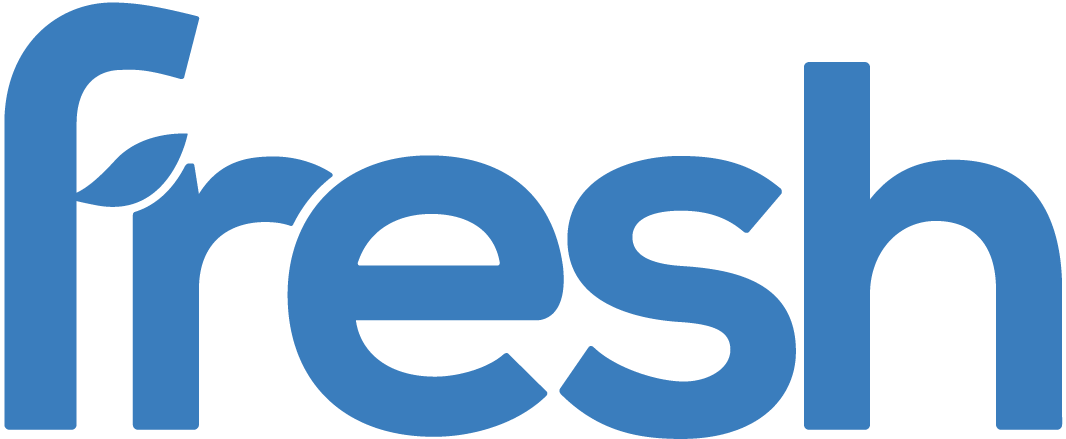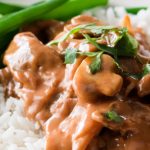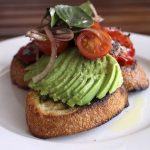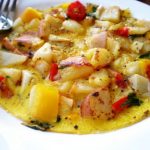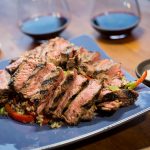National quiz shows Kiwis are rusty on their iron knowledge
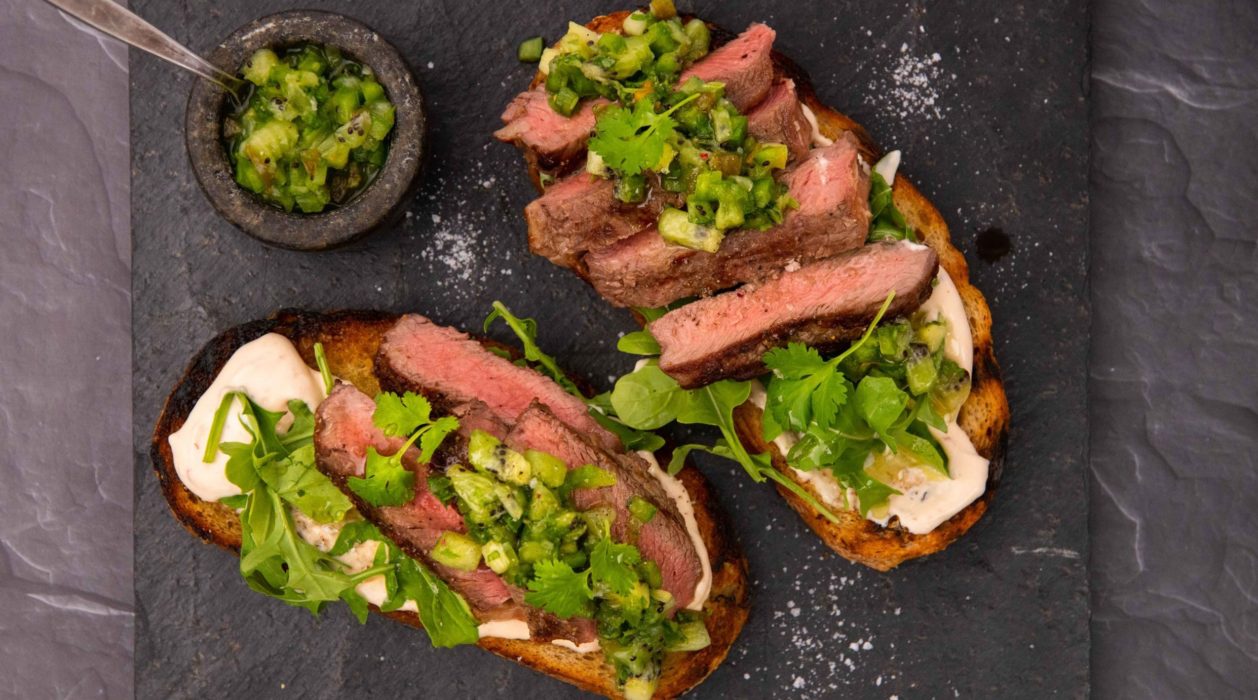
Ahead of World Iron Awareness Week 2021, 11- 17 October, over 3,300 Kiwis have been quizzed on their iron knowledge. With an average score of 56%, most New Zealanders are just passing.
Breaking the results down regionally, Auckland and Otago were right on average with a score of 56%, beaten slightly by Bay of Plenty and Canterbury each scoring 57%. Hawke’s Bay came in at just 51%, and Nelson came out on top with a score of 61%.
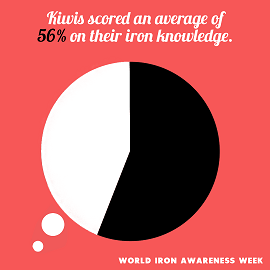 Only a third of quiz takers knew that a 7 month old baby needs more iron than a 5 year old child, a 50 year old woman, and a 30 year old man. Even less, 20%, knew that 8 out of 10 toddlers don’t meet the recommended daily intake of dietary iron.
Only a third of quiz takers knew that a 7 month old baby needs more iron than a 5 year old child, a 50 year old woman, and a 30 year old man. Even less, 20%, knew that 8 out of 10 toddlers don’t meet the recommended daily intake of dietary iron.
The good news is New Zealanders are able to identify the signs and symptoms of iron deficiency; 92% recognising poor concentration, lack of energy, frequent infections, feeling the cold easily and pale gums may indicate low iron levels. While 93% knew energy, brain function, immunity, growth and development are why iron is so critical to the human body.
New Zealand Registered Dietitian, Nickie Hursthouse of Nickie Hursthouse Nutrition says “With approximately 30% of the world’s population suffering from iron deficiency, the World Iron Awareness Week Campaign is a good opportunity for New Zealanders to learn more about dietary iron within healthy and balanced diets.
“It’s great to see New Zealanders recognise the symptoms of iron deficiency, because often people are unaware they have deficient levels. Whilst awareness is a key factor, it is also important and effective to take a proactive approach, and ensure you’re consuming a variety of iron-rich foods every day.”
Lifestyle factors, such as age and physical activity can impact iron levels. Here are ten tips and facts to improve your iron intake and iron knowledge:
- A sure way to improve your iron intake is to eat a varied, balanced, and healthy diet from the four food groups, emphasised on whole, less processed foods.
- Not all iron is created equal – 15-25% of haem iron (found in meat and fish) is absorbed by the body, while only 5-12% of non-haem iron (found in mostly plant and to a small degree animal foods) is absorbed. Hence the importance of eating a range of iron foods.
- See red if you’re a meat eater – red meats are richer in haem iron than white meat, poultry and fish – generally the redder the meat, the higher the iron, so a variety of meats are beneficial.
- Make sure you get plenty of vitamin C (fruits and veges)– to help the body absorb up to three times more non-haem iron from a meal.
- The tannins in tea, and to a lesser extent coffee, reduces the amount of iron we can use from food. So, drink your tea and coffee between, not during main meals.
- Eat red meat and vegetables together – eating meat with plant foods will help the body absorb up to 2-4 times more iron.
- Know if you’re at risk – infants, teen and adult females, sports people, vegetarians, vegans and elderly are most at risk of being iron deficient.
- Supplement with care – if you think you’re low in iron, seek the advice of a doctor. A blood test will determine if you need iron supplements.
- Beware of dieting – studies show that girls and women on low calorie or restricted diets generally miss out on getting enough of their iron requirements.
- Have your iron levels checked regularly and ensure your diet is balanced and varied.
For more information and resources head to ironweek.co.nz.
